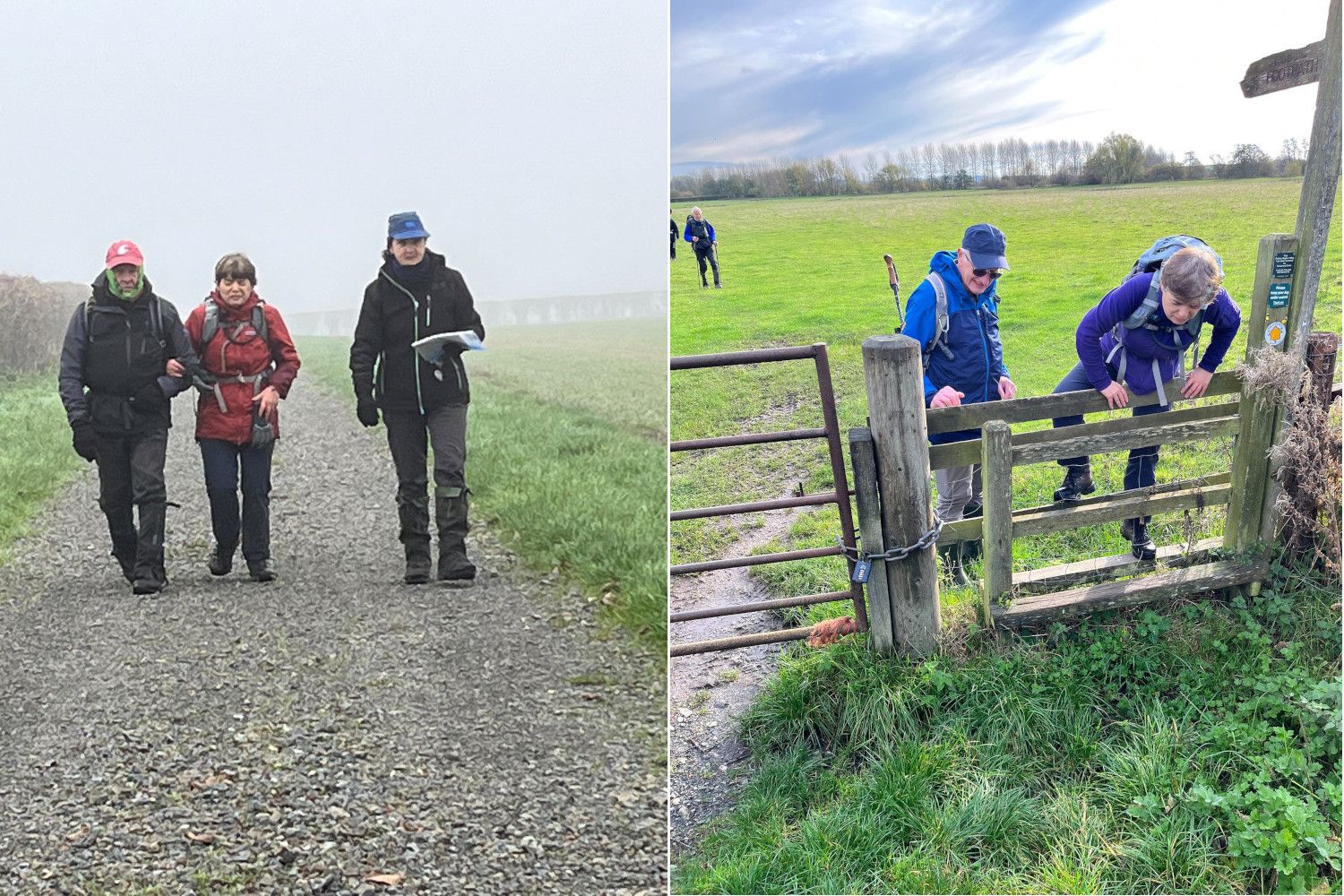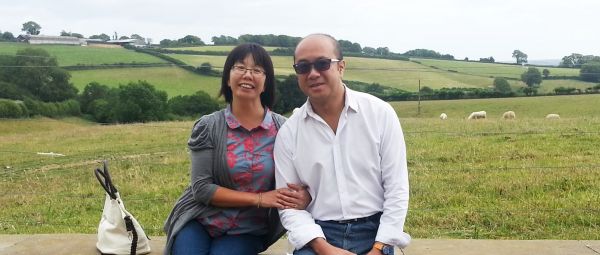Walking is about more than what you can see
Ramblers member Marika is blind and shares her experiences of walking

Being independent
I’m a very lucky person, especially with regards to my upbringing. I was never wrapped in cotton wool. All the time when I was growing up my parents and sisters would say to me, “Come on, Marika, you can do this yourself”. They were right.
A lot of parents of blind children don’t take that attitude. It’s understandable; they want to help and protect their children. But in my work at the Royal National College for the Blind, I meet lots of students who have been so mollycoddled they can’t even do simple things for themselves, such as pouring a glass of water. It’s not their fault: everybody has always rushed in to do things for them, so they’ve never learned.
It hasn’t always been easy for me either. There have been frustrating times where I’ve felt socially excluded or people have held me back from doing things, saying I’m a health and safety risk. But I was fortunate to have my independence nurtured from a young age and that has given me the confidence to strive to do as much as I can for myself.
How my blindness affects walking
I walked in the country with my family a lot as a child. We lived in Staffordshire and there were some lovely walks around Cannock Chase. I went walking in the Peak District with my nan, too. I remember wearing a brown outfit and borrowing nan’s walking shoes because she wore the same size as me. We’d go out all day, climbing up Thorpe Cloud and lots of the other peaks. Those are very fond memories.
When I grew up, I didn’t go walking for a long time. I missed it, but it can be hard to access the countryside when you can’t see. My blindness is caused by glaucoma. I can see colours, but I can’t make out shapes and I’m not able to recognise people until they speak to me. I use a cane to help me get around in urban areas, but it’s not suitable for trails. So when I go walking in the countryside, I need people to help me around obstacles and let me know what’s up ahead.
Joining the Ramblers and leading walks
One of the wonderful things about joining Herefordshire Ramblers, after I moved to this area, was the way everyone immediately accepted me as an equal. That played a big part in helping me feel like I could lead a walk.
Our area chairman, Arthur Lee, was wonderful. He has very good knowledge of the local trails and suggested a route around Breinton for me to lead. We walked it together as a recce and I took along a dictaphone to record details and directions. I also described all the sounds and smells I noticed along the way to help me remember the route. Then I transcribed the audio into braille to take along on the day.
Because it was the first walk I’d led, it wasn’t on the programme – we just emailed the group telling them I was going to try out leading an extra walk. I thought maybe two or three other members would like to join us, so I was chuffed to bits when 10 people came along. We had a lovely time and I enjoyed being the one to guide everyone else for a change.
The sensory experience of walking
Sometimes people ask me what I get out of walking as a blind person. I know that for people who can see, the views and sights along the way are a big attraction. But walking has a lot to offer that doesn’t have to be visually seen. There are sounds, smells, the feel of the terrain beneath your feet, the air on your skin… So much more than the eyes can see.
I’m fascinated by birdsong and I’ve learned to recognise the calls of most British birds – it’s wonderful to get out and hear them. I love woodland walks because when I look up and see the green of the trees all around me and hear the birdsong in my ears, I feel cocooned by nature. It’s such a wonderful experience; I’d recommend it to anyone.
.png?itok=kGqF4FQ0)
Walking with partial sight or blindness
Being blind or partially sighted shouldn’t be a barrier to walking. It just means the walk will take a bit of extra planning.

Towpath walks: the answer to one walker’s failing eyesight
Despite failing eyesight, Peter, a member of the Ramblers, is enjoying long-distance canal-side towpath walks with his son.

Creating connections through walking
Gordon moved to the Dorset coast and discovered that walking is a great way to meet new friends and connect.